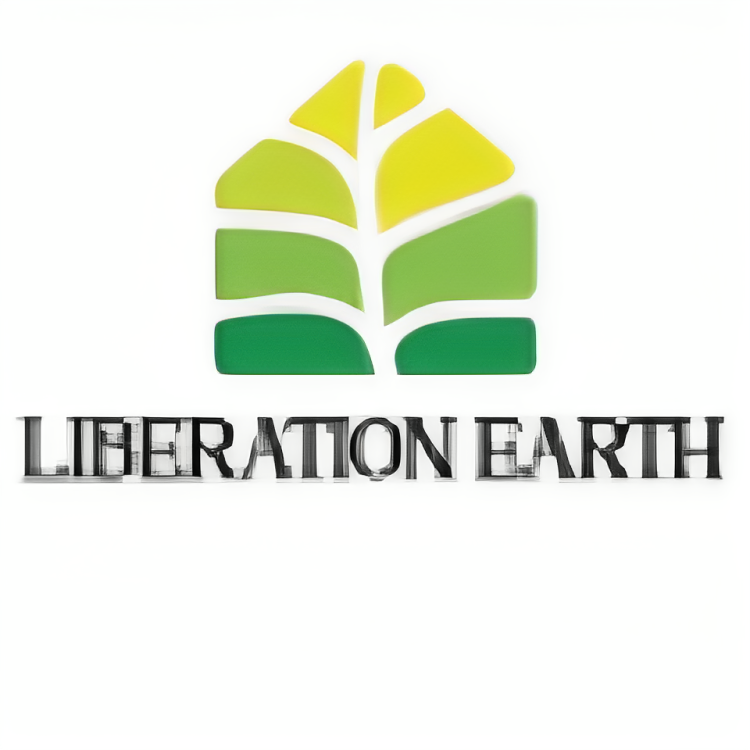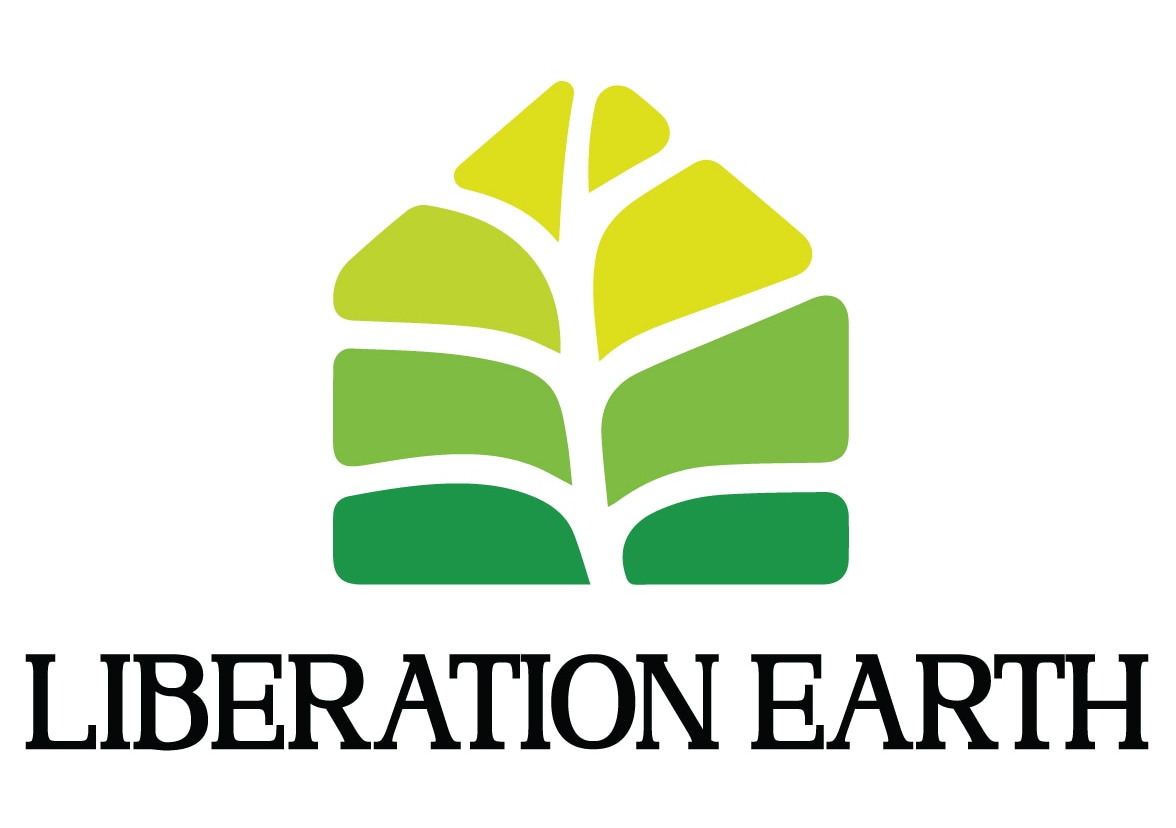FAQs
These are the frequently asked questions you may have and their answers.
Related Questions
Hempcrete is a construction material made from the inner fibers of the hemp plant, lime, and water. It is lighter, more environmentally friendly, and has insulating properties, unlike traditional concrete.
Solar power can be used to provide energy for 3D printers, reducing their environmental impact and energy costs. Solar-powered 3D printers are an eco-friendly alternative for sustainable manufacturing.
The cost of a solar-powered 3D printer system can vary significantly based on the printer model, the size of the solar array, and other associated equipment. It's essential to budget for panels, batteries, and the printer itself.
These technologies are environmentally friendly, with reduced carbon emissions and the ability to use sustainable resources. This contributes to creating eco-friendly, affordable housing solutions.
Hempcrete's natural abundance and sustainable growth reduce material costs. Its insulation properties can decrease ongoing energy expenses, making housing more affordable for residents.
Some regions offer incentives, tax credits, or grants to promote sustainable construction practices in affordable housing projects. Check with local authorities to explore available programs.
Our goal is to address the pressing need for affordable and sustainable housing in communities across the globe. By harnessing innovative technologies like hempcrete, solar power, and 3D printing, we aim to create cost-effective housing options that are eco-friendly and tailored to the needs of underserved populations.
This project leverages cutting-edge technologies to significantly reduce construction costs, promote sustainability, and improve living conditions for individuals and families in need. Our mission is to contribute to the solution of the affordable housing crisis and improve the quality of life for those we serve.

